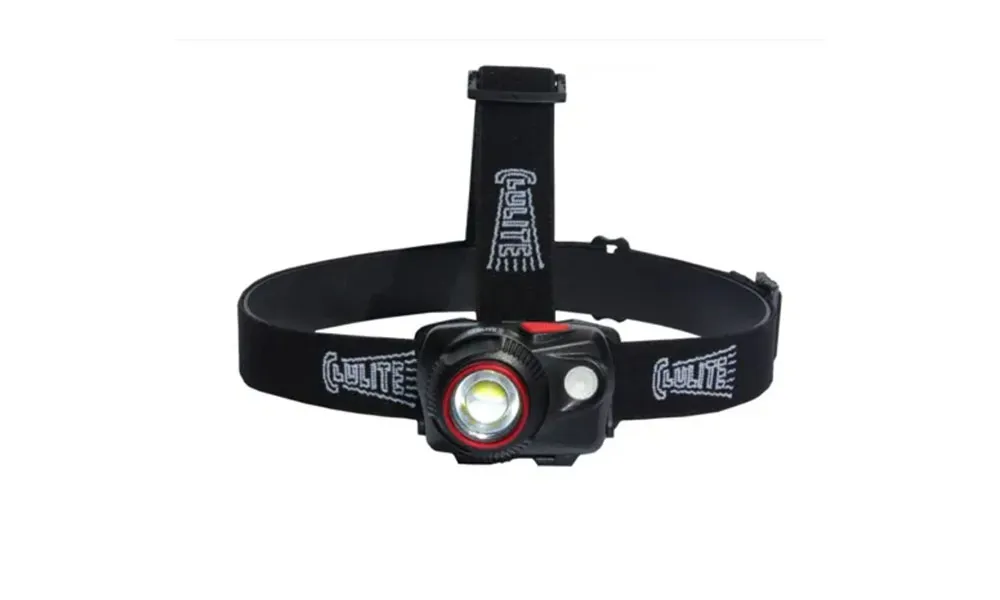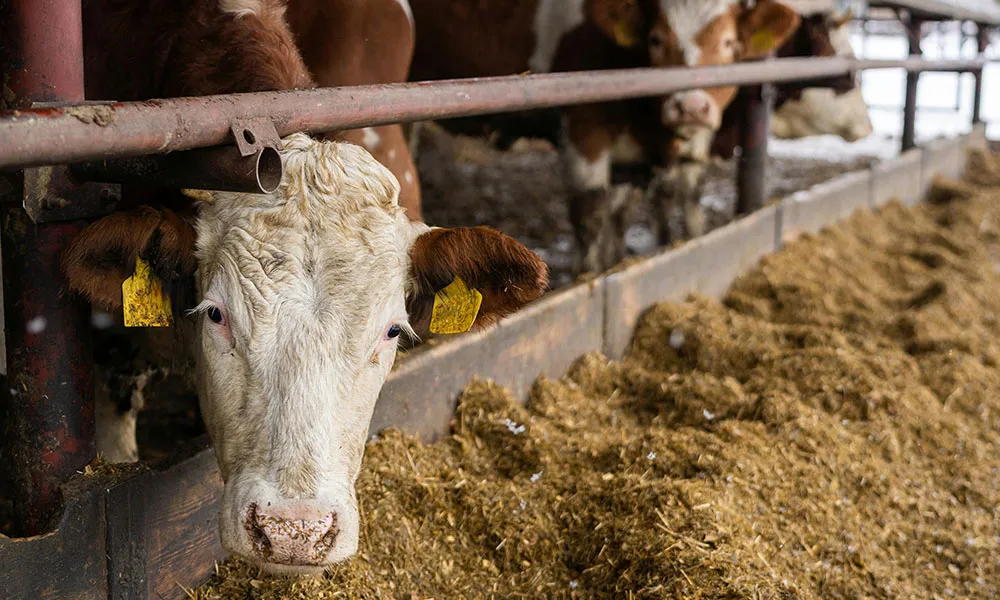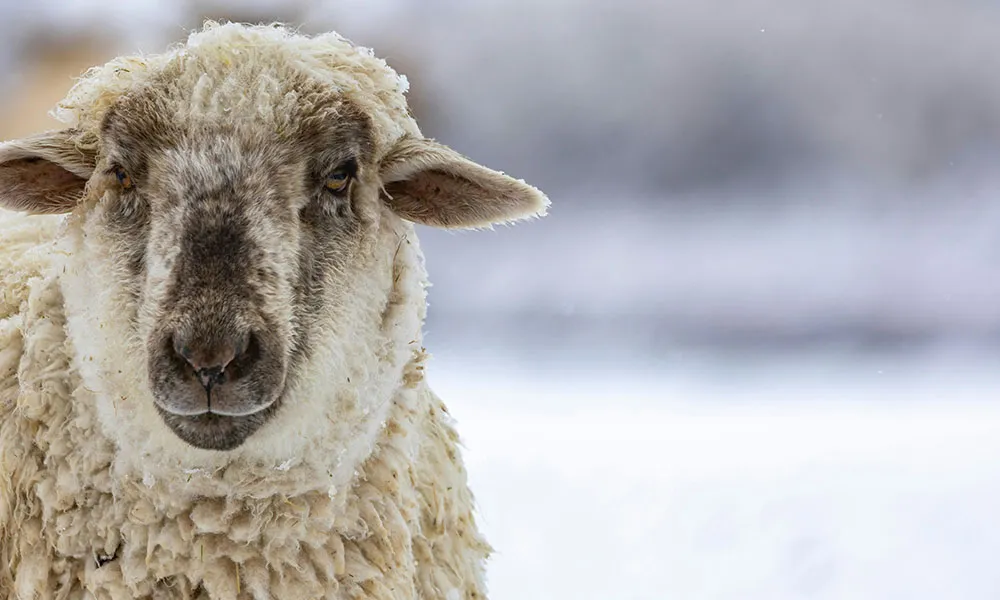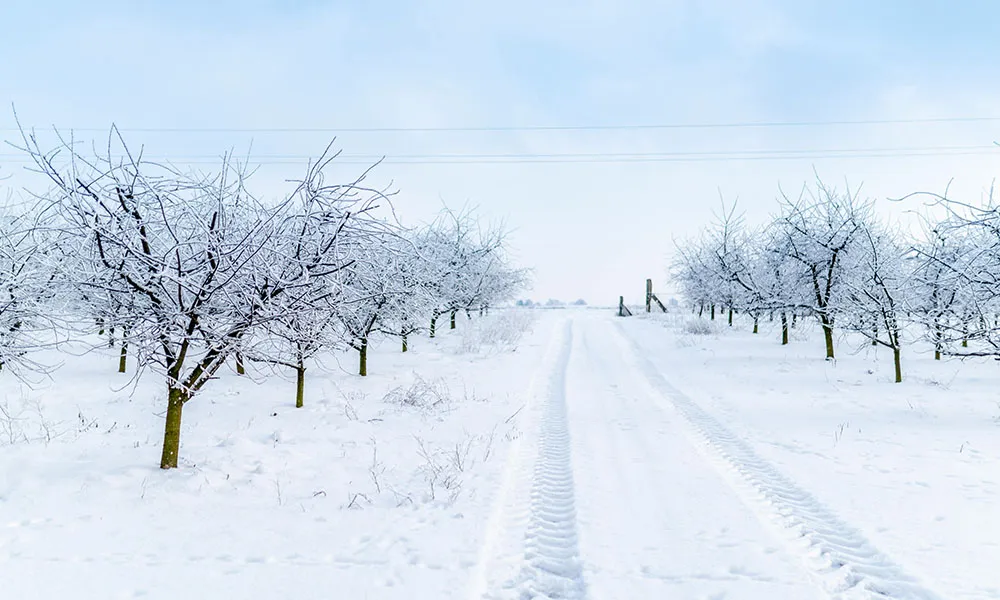
Store lambs
Farmers keeping store lambs over the winter will soon have to consider their wintering and finishing options. A warm, wet autumn has meant that grass growth continued deep into the backend of the year in some parts of the country. As a result, some sheep farmers will be able to feed store lambs for longer and get them to higher weights for sale or slaughter in the months ahead.
Various factors to consider
However, grass supply is not the only factor that should be taken into account when deciding to hold onto store lambs for the winter months. In addition, it is important to consider whether your farm is appropriately equipped for the stock you want to keep; and what finishing options are available to you for your stores. In particular, you should decide whether you want to sell lambs early in the winter (i.e. pre-Christmas), or hold off for potentially better prices post-Christmas. In general, the best prices for store lambs are offered close to Easter, but not all of us can afford to hold stock for this long.
Ultimately, your decision should be based on your assessment of your feeding options and housing facilities, bearing in mind that lambs may need to be housed for several weeks (or even months!) depending on the weather and available pasture.
Illnesses
As with all sheep, store lambs are likely to struggle with a range of ailments. Parasitic diseases such as worms and fluke are always a concern, while you will need to keep an eye out for clostridial diseases, orf and footrot.
The risk posed by these health concerns can be curtailed by taking appropriate treatment and prevention measures. Historically, farmers have dosed routinely for parasitic worms and fluke, but attitudes are changing due to a surge in anthelmintic resistance on Irish and British farms. Now farmers are advised to conduct a faecal egg count on their flock to check for the presence of worms. Where a high worm count is reported, dosing of store lambs should follow.
Problems with lameness - most notably scald and footrot - are best treated with a footbath composed of 10% copper sulphate solution. Orf is usually a self-limiting disease and clears up on its own in a few weeks. However, an antibiotic spray or special purpose paste (Bactokill) may be applied to some of the lesions, especially if they are causing a loss of appetite and lack of thrive.
Thankfully, at this point in the year, blowfly should no longer be a concern.
Some losses almost inevitable
Even if all of these actions are taken, it is not always possible to prevent some losses. As a general rule, if mortality can be kept under 2% of the store flock, you will be doing very well. Housed animals are likely to have a higher mortality rate than those kept outdoors. Where animals are housed, good ventilation and the maintenance of clean, dry bedding can help reduce mortality rates significantly.
Finishing
The decision you make in relation to finishing will depend on a number of additional factors, including the breed and sex of the lambs, the amount of feed they consume and their target weight at sale or slaughter.
Ideally, store lambs should be kept outside for as long as there is grass for them to graze. In many cases, pasture may still have something to offer until December, but it is best not to graze too bare. Ideally, you will want your lambs to reach a decent weight on a grass diet before moving them indoors. In my experience, in or around 30kg is a good target weight for store lambs at point of winter housing.
Once lambs are moved inside, they should be introduced to meal slowly. The target is usually adlib feeding, but this will take a couple of weeks to achieve. Experts suggest that starting with between 200g and 300g a day is appropriate. Concentrate rations should be increased by about 100g a day thereafter, until the lamb is able to eat adlib.
Hay or silage should always be available to lambs, though in smaller and smaller quantities as they take to meal. Access to fresh, clean water at all times is essential.











